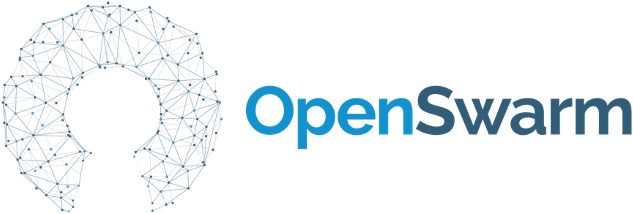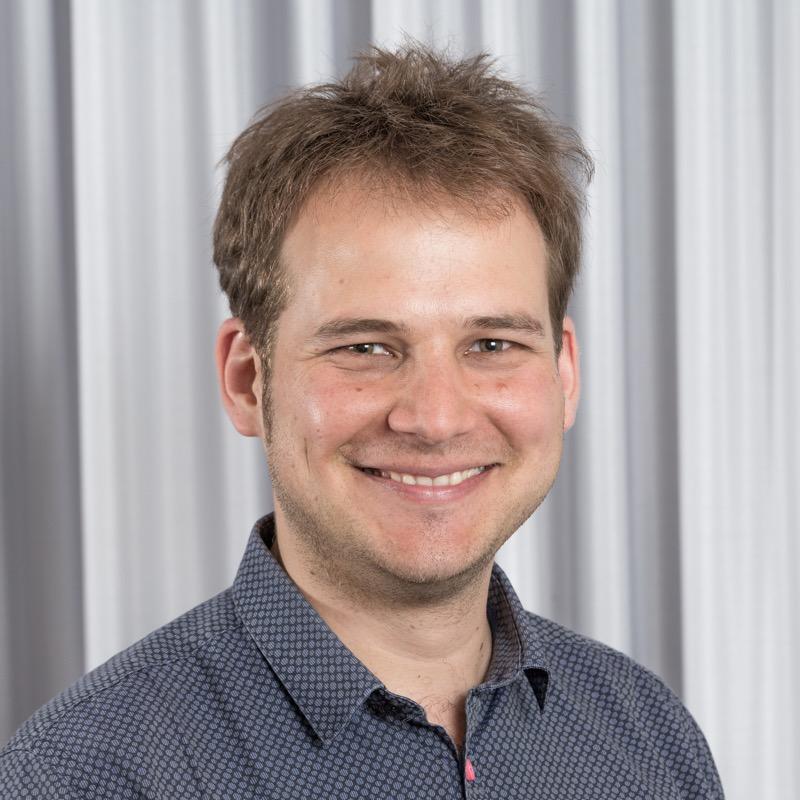OpenSwarm: a highly innovative project for the Internet of Things
Date:
Changed on 18/07/2024

Launched on 26 January 2023 as part of the Horizon Europe research and innovation programme and coordinated by Inria, OpenSwarm is a project dealing exclusively with the internet of things (IoT). Thomas Watteyne, director of research at Inria Paris and head of the AIO project team, is the project’s coordinator. As he explains, “We will be developing the technological components to pave the way for future innovations within the IoT. Particular emphasis will be placed on smart sensors, which have the capacity to interact within dynamic, connected networks. The technology is set to revolutionise robotics and we will demonstrate its potential on a range of use cases, with a particular focus on swarm robotics, which involves large numbers of coordinated robot units working together on complex tasks.”
Picking up from where the EVA project team left off, AIO was launched in 2022. But the members of the team have been working together on the IoT and robotics for years, establishing close ties with academia, leading industrial groups and startups. For this particularly innovative project, which has been allocated a budget of nearly €6 million over a period of 40 months (from January 2023 to April 2026), they have brought together nine different European partners (see inset). Their objective is to tackle various scientific and technological challenges posed by next generation technology for the IoT.
Wireless networks use up very little energy, and are increasingly used to monitor difficult-to-access areas, civil engineering projects and production sites. “These networks of connected objects work really well for simple surveillance applications, where raw data from sensors in the target areas is sent periodically to a server for continuous analysis”, explains Thomas Watteyne. “This static way of working is highly robust and safe, but for the applications OpenSwarm has its sights set on, we will be developing dynamic networks comprising mobile sensors with the capacity to exchange data between each other and with a central server.”
This is made significantly more complex by the fact that such networks must be able to reconfigure themselves depending on the movement of the sensors, which may be fitted to robots. This means networks being organised in such a way as to enable the localisation of sensors and communication between them, ensuring they are able to work together - all in real-time. Dynamic IoT networks involve large numbers of interactions and significant amounts of information being exchanged between sensors. But the algorithms used in static networks are incapable of effectively handling these data flows.
Thomas Watteyne explains how OpenSwarm will seek to overcome these limitations. “We will begin by developing new algorithms with the capacity to reduce the time taken to transfer information between sensors within dynamic networks, aiming for near-real-time. We will then harness the potential of recent innovations in embedded systems, centred around artificial intelligence for the IoT, giving them significantly higher processing capacities. Lastly, we will develop a specific compiler for programming swarms. This is something that doesn't currently exist”
OpenSwarm is seeking to develop generic solutions that can be configured and adapted for a wide range of uses, the aim being to demonstrate the robustness and effectiveness of their innovations in four sectors: the environment, occupational health and safety, mobility and smart cities.
Thomas Watteyne gives us a few examples of the applications they have in mind:
Image

Verbatim
In the agricultural sector they could help workers performing harvesting tasks, using swarms of drones to identify the most appropriate areas. In industry and logistics, they will help to keep operators safe by tracking the trajectories of mobile robots deployed within production sites in real-time.
Auteur
Poste
Director of research at Inria Paris and head of the AIO project team
Other potential applications include the monitoring of sound pollution in marine protected areas (using a network of buoys equipped with microphones), predictive maintenance on trains (with real-time analysis of the vibrations carriages are subject to) and the development of renewable energy communities (by optimising the production and consumption of energy between connected buildings).
The final stage of the project will involve consolidating feedback, with lessons to be learned from the different applications. Prior to this, extensive research will be carried out, and the solutions that are put forward will be implemented.
This crucial validation phase will draw on the creativity of Inria’s researchers through the DotBot. Designed to promote teaching and research in robotics, this small robot, which is easy and relatively cheap to produce, can be fitted with a sensor. A thousand connected units will be built to form an experimental platform for testing swarm programming.
Another advantage of this project is that it is Open Source, as Thomas Watteyne explains: “Inria has chosen to develop open technology, facilitating collaboration between different partners on the same project.This also enables the widespread sharing of new technological components within academia or industry. Open Source is a win-win strategy.”
The partners involved in the project first met at the official launch, after which Watteyne spoke of his enthusiasm and his confidence that the consortium would be up to the task.
Everything about this project is new and complex. Our aim is to bring about a paradigm shift in robotics and to cover a wide scope in terms of innovation”, explains Thomas Watteyne. “It’s exciting on both a scientific and a human level. I’m delighted to be embarking upon this research and to be coordinating an EU project for the first time.
Watteyne will be able to count on Inria’s support, including the participation of Clotilde Monnet, who was recently recruited to oversee OpenSwarm. “Coming from the health sector, I am discovering the lively world of digital at Inria”, Monnet explains. “With a researcher like Thomas, who knows how to lead a team and is passionate about his scientific field, I have absolutely no doubt the project will be a success.”